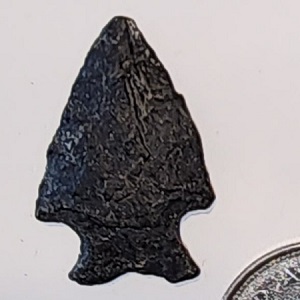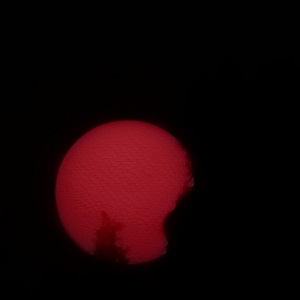And to ensure I sleep tonight I'll muse for a bit upon symmetry. Symmetry refers the ability of an object to be bisected or divided in such a manner that each half (or fraction) represents a mirror image of the other half (or portion). Nature abounds with examples of symmetry, think leaves, pine trees, fish, animals, people. Most of these living examples demonstrate a bilateral symmetry - which means that symmetry exists on only one axis. IE There is only one way to cut me in half and have the two halves resemble one another.
Curious note, we are evolutionarily designed to seek out people with a high degree of symmetry. Biologists use symmetry to assess the attractiveness of animals. People unconsciously are drawn to partners with more symmetrical features. Symmetry can often be an indicator of good or bad health (higher symmetry indicates better health). But not TOO symmetrical, a person who's left half was perfectly symmetrical with his right would look odd.
But there are other types of symmetry as well. For example, think rock crystals - they exhibit symmetry, but on several axis. This is referred to as Multi-lateral symmetry. Or think of music, where the symmetry isn't in space, but in time. Artists, Architects and Painters will use symmetry to create spaces beyond what they're working on - the mind will fill in the rest, provided the composition has lead it in the right direction. And there is supersymmetry as well. In fact, this entire blog could be filled with examples of symmetries in nature, mathematics, physics, every branch of science, art and understanding.
And symmetry is observed to the farthest reaches of the universe in the structure of the galaxies, and to the minutest observed particles and quarks. It characterizes the "spooky action at a distance " by which quantum particles demonstrate their entanglement.
So, what then would be the general rule? What would an assymetrical universe look like? And when is assymetry beautiful?





















